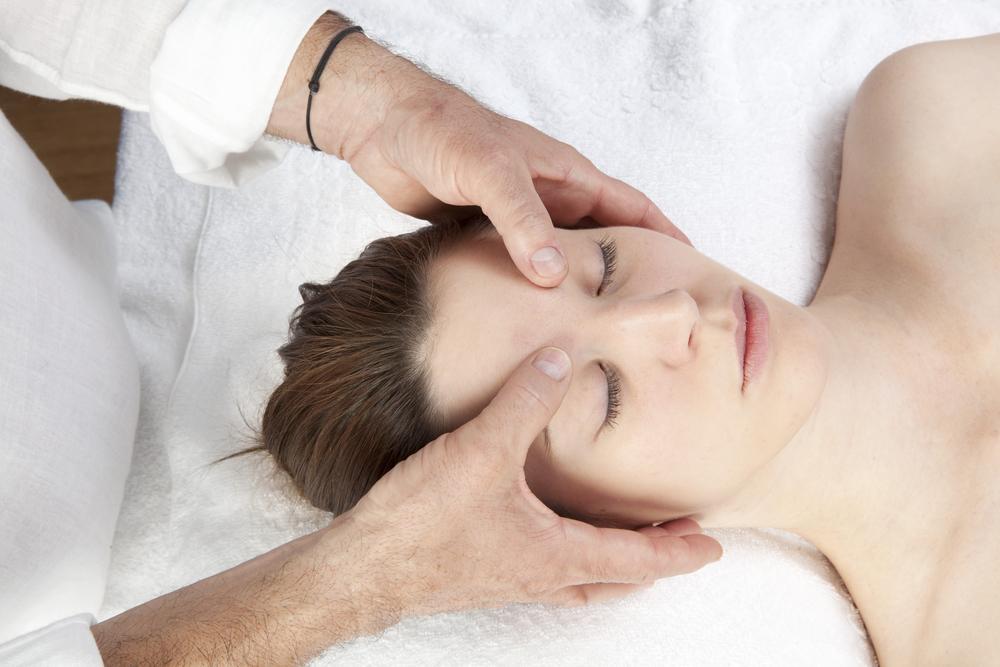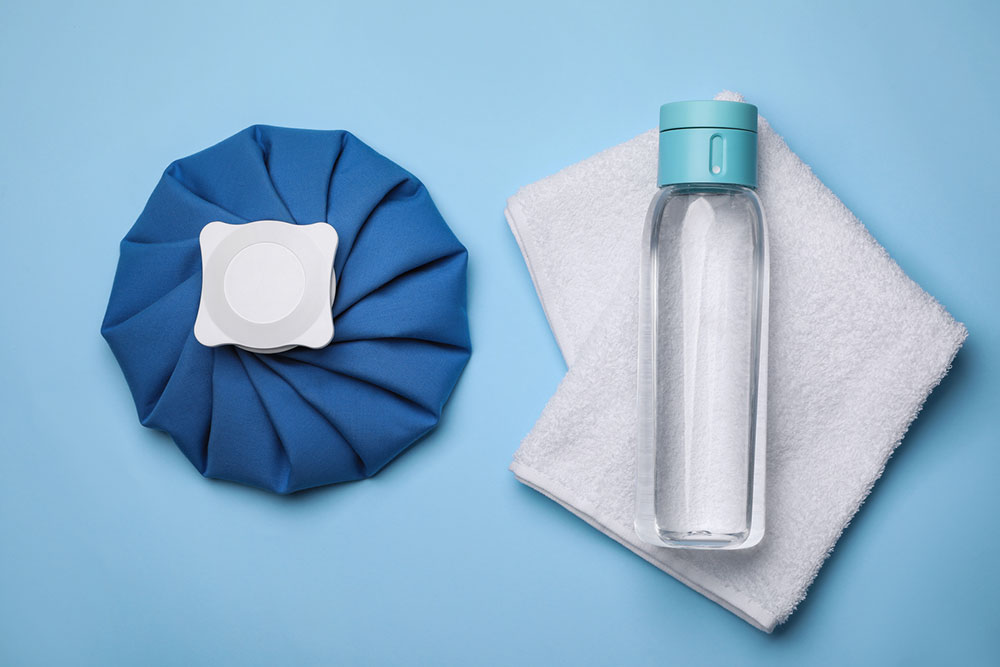Comprehensive Guide to Using Botox for Chronic Migraine Relief: What You Need to Know
Discover the comprehensive guide to Botox for migraine relief. Learn how Botox works, its effectiveness, and important factors before undergoing treatment. Find expert providers and understand potential side effects, costs, and benefits for managing chronic migraines effectively. A must-read for anyone considering Botox as a preventative headache treatment.

Important Considerations Before Choosing Botox as a Treatment for Chronic Headaches
Essential information to understand before undergoing Botox injections for headache management
Botox has gained significant popularity as a treatment option for individuals suffering from chronic migraines. This surge in popularity stems partly from anecdotal reports of headache relief following cosmetic Botox procedures, alongside rigorous scientific studies supporting its efficacy in medical contexts. Approved by the Food and Drug Administration (FDA), Botox is now extensively utilized in healthcare settings for managing various neuromuscular conditions, including persistent migraines. The cosmetic industry also fuels its widespread use, tourism, and marketing efforts, making Botox a multi-billion dollar global industry. Many people, particularly in their 30s, are also drawn to Botox for anti-aging purposes, further enhancing its prominence in popular culture.
What is Botox and how does it function?
Botox is a purified neurotoxin derived from the bacterium Clostridium botulinum.
This neurotoxin is known for causing botulism, a serious and potentially life-threatening illness. However, in controlled, small doses, it is safe for therapeutic and cosmetic applications.
When administered properly, Botox temporarily relaxes overactive muscles, reducing tension and preventing certain nerve signals associated with pain transmission. This effect typically lasts about three to four months, after which the treatment may be repeated.
Mechanisms by which Botox alleviates chronic migraines
During migraine treatment, Botox is injected into specific areas around the forehead, temples, neck, and shoulders. These injections target nerves involved in transmitting pain signals.
By blocking these nerve signals, Botox diminishes the perception of pain, decreasing both the intensity and frequency of migraine attacks.
Patients generally notice symptom improvements after a few treatment cycles, often after the second or third session, experiencing around a 50% reduction in headache days.
In the United States, the FDA has approved Botox for the treatment of chronic migraines in adults aged 18 and older. It is important to note that prescriptions are required for minors, and insurance coverage varies considerably across providers. The procedure’s minimally invasive nature and its proven efficacy make it an appealing option for many sufferers.
Finding a qualified healthcare professional for Botox migraine treatment
Specialized headache or migraine clinics often provide Botox therapy, ensuring that practitioners are trained and experienced in administering injections for this purpose.
Organizations such as the American Migraine Foundation maintain directories of certified and approved physicians who specialize in headache treatments, helping patients locate reputable providers.
Before starting treatment, consult your healthcare provider to evaluate your specific health profile and discuss potential risks or side effects associated with Botox therapy.
Pre-treatment considerations and patient guidance
Research shows that Botox can significantly reduce the number of headache days—typically by around two days per month—mainly benefiting individuals with high-frequency migraines. It tends to be less effective for episodic headaches or tension-type headaches unrelated to migraines.
This preventive treatment suits patients experiencing approximately 15 or more migraine days per month. The effects can last up to three months, offering sustained relief with minimal daily side effects.
Side effects are relatively uncommon, occurring in fewer than 10% of patients, and may include localized neck pain, facial muscle weakness, eyelid drooping, or muscle discomfort. Generally, these effects are temporary.
Some patients experience facial fatigue or a slight reduction in facial expression immediately following injections, but these symptoms typically improve over time and can often be concealed with makeup or facial adjustments.
Standard treatment protocols involve administering 2-3 injection sessions spread over 6 to 9 months, allowing muscles time to relax and preventing the recurrence of symptoms. Side effects may vary with each session, emphasizing the importance of professional oversight.
The typical cost for Botox treatment in the United States is approximately $525 for 100 units; additional expenses may include consultation fees and diagnostic testing. Insurance coverage varies, so verifying your plan’s benefits is advisable.
Prior to starting Botox therapy, it’s crucial to consult with a healthcare provider experienced in headache management to determine if this treatment aligns with your health needs. Combining Botox with other medications, lifestyle modifications, or relaxation techniques can further improve your quality of life.





